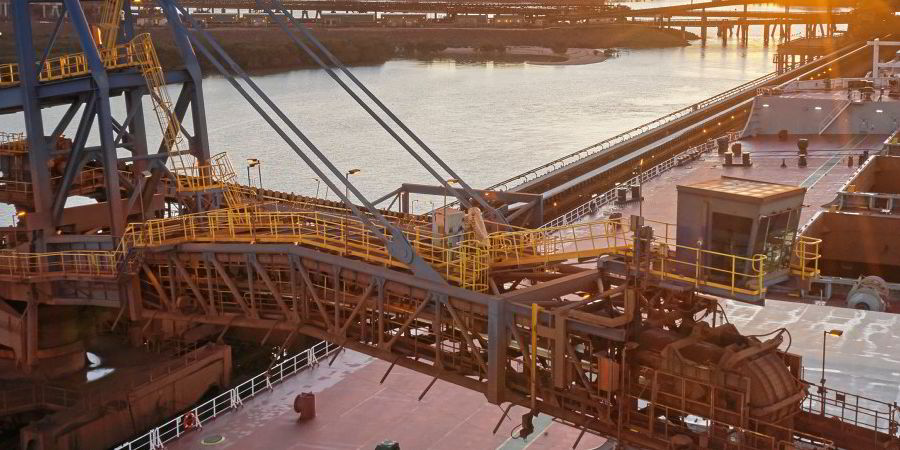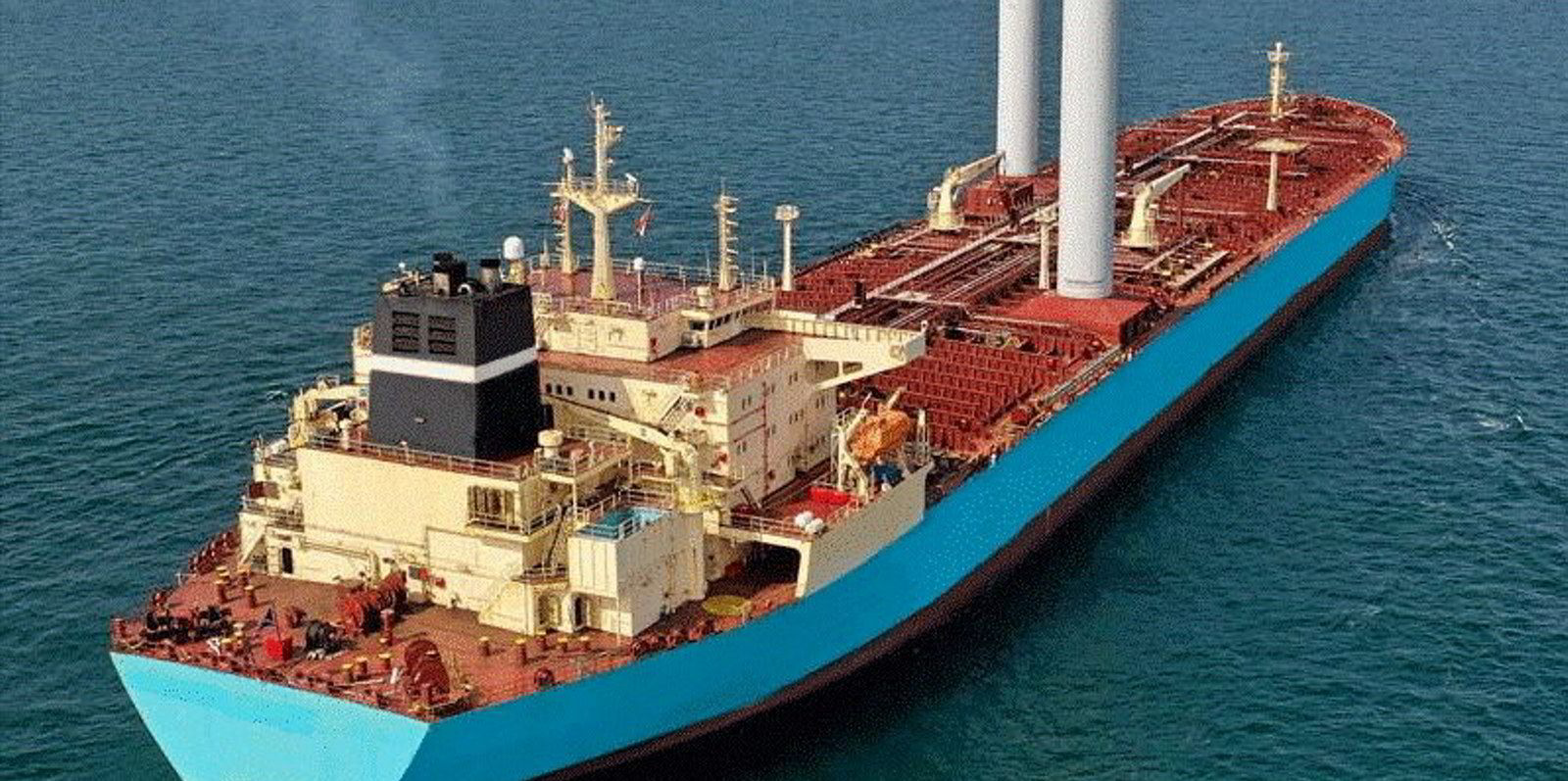All major segments of the dry bulk spot market declined this past week as shipping continued returning to a pre-pandemic world and shipowners kept their fleets in the Pacific basin instead of ballasting them to the west toward the Americas.
The Baltic Exchange’s Capesize 5TC set of spot rate averages across five key routes declined 13.9% since over the week to hit just under $17,500 per day on Friday, while the Panamax 5TC slid 13.2% to about $11,000 per day over the same period.
Meanwhile, the Supramax 10TC declined 2.6% over the past seven days to $11,800 per day on Friday, and the Handysize 7TC lost 3.1% over the same period to land at $11,000 per day on Friday.
“Indeed, rates declined this week, mainly on the sub-cape segments, where panamax rates are now back below $10,000 per day, similar to the level they were in 2018 and 2019 for this time of the year,” said John Kartsonas, owner of Breakwave Advisors, an asset management firm that runs a exchange-traded dry bulk fund.
“So, the Covid bubble has burst, and we are back to levels pre-Covid.”
Rio Tinto hired an unnamed capesize on Thursday to move 170,000 tonnes of iron ore at $8.75 per tonne from Dampier, Australia, to Qingdao, China, after loading the ship from 2 to 4 June.
A week earlier, the Australian miner fixed an unnamed capesize to move the same amount of ore on the same route at a higher freight rate of $9.10 per tonne. The ship will be unloaded from 27 to 29 May.
But Kartsonas said he expects spot and freight rates will improve as summer nears in the Northern Hemisphere.
“Seasonally, early summer is a good period for dry bulk, although August is traditionally a weak month,” he told TradeWinds.
“Until then, I would expect better activity and I believe the potential of bottoming out around here is more likely than seeing further declines.”
Capesize rates also got hurt over the past week as owners kept their vessels in an oversupplied Pacific basin instead of sending them back empty to the Atlantic basin, according to Clarksons Securities.
“According to brokers, cargo volumes in the Pacific have been healthier, but owners’ reluctance to ballast is keeping a lid on rates,” analyst Frode Morkedal wrote in a note on Friday.

More capesizes have started to ballast from India toward the Atlantic basin, but most owners are keeping their ships in the Pacific basin as China’s demand for Brazilian iron ore stays low, shipbroker Braemar said.
“It seems the lack of interest to ballast west of Singapore is keeping a tight cap on the rates for the time being,” Braemar said in a report.
“For now, it feels the market has enough doubters that it’s likely we will be continuing to navigate this current rut in the short term.
“Views of North Atlantic value are a real mixed bag at this late stage in the week.”
The market for midsize bulkers and smaller was also pulled down as a result of modest demand for Indonesian coal and Australia’s grain season winding down, Braemar said.
“The panamax market appears to be in comatose as reduced cargo volumes across both basins juxtaposed with rising tonnage counts has seen advantageous rates being booked by charterers,” the broker said.
“As the market continues to drift, it appears we are entrenched in a feedback loop that continues to anchor the lifeless index.”
A drought in Argentina that wiped out 50m tonnes of grain has also hurt panamax demand, said Harry Grimes, shipping analyst at Arrow Shipbroking Group.
“Each dry bulk segment is being affected by different factors, and panamaxes are currently performing the worst,” he told TradeWinds.
“For the sub-capesize segments, our outlook over the rest of the year is cautious as the slowdown in advanced economies continues.”






